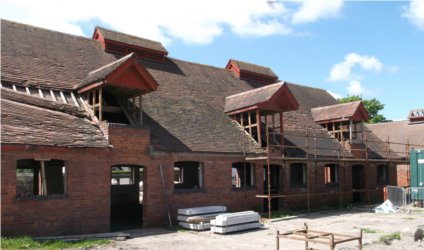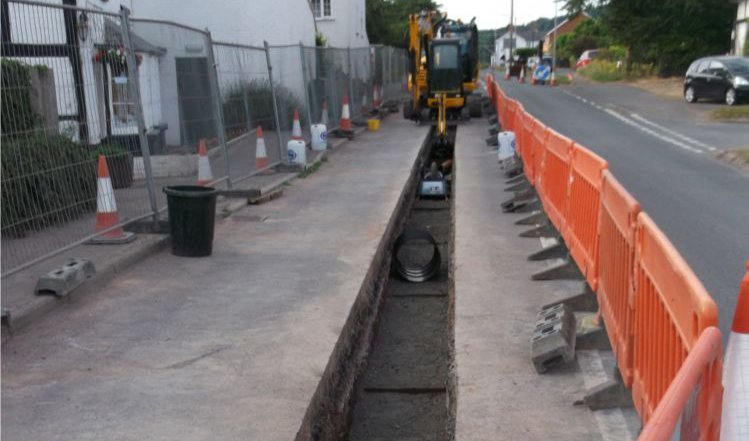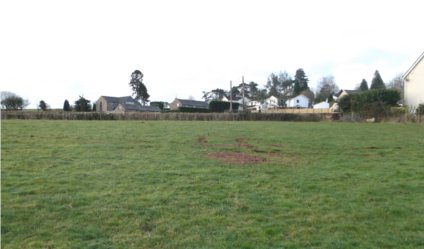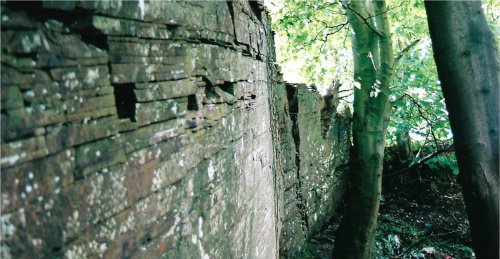
Drainage for rural developments
Special problems for foul water drainage
The drainage for new buildings and barn conversions in rural areas presents special problems since it is unlikely that there will be any of the existing drainage infrastructure, such as public sewers, common in urban areas.
There follows a very brief overview of the design of the drainage for small rural developments in England and Wales, see also Drainage for small developments in urban areas. The information below should not be regarded as a definitive guide and accurate under all circumstances.
Septic tanks
Small developments in rural areas often use a septic tank to dispose of the foul sewage. A septic tank acts as a small sewage treatment works and it is usual to dispose of the partly treated effluent from the tank into the ground via a 'drainage field'. This is a network of pipes which disperses the effluent over an area to allow the natural processes in the soil to treat the water.
Package sewage treatment plants and cesspools
In some circumstances, for instance for slightly larger developments or where the effluent is to be discharged to a watercourse, a small package sewage treatment plant can be used. A further option is to use a cesspool although these need regular emptying and the Environment Agency and Natural Resources Wales do not encourage their use.
Design standards
The main guidance documents for the design work are 'Approved Document H' and the section of the Environment Agency's or Natural Resources Wales' website dealing with Environmental Permits.
Surface Water Drainage
Schedule 3 of the Flood and Water Management Act, 2010 is in operation in Wales, please see our SUDS page.
In England the Building Regulations are likely to be applicable to the design of surface water drainage systems for developments of fewer than ten properties. According to 'Approved Document H', the disposal of surface water from the roofs of new buildings, in order of preference, should be to soakaways, to a watercourse or to a sewer. In the majority of cases the latter will not be an option. In any event it will probably be necessary to carry out a soakaway test at the site either to determine the appropriate parameters to use in sizing the soakaway or to demonstrate to the building inspector that soakaways are not feasible.
Summary
We have a strong capability in the design of all types of drainage for new developments including those in country areas, please contact us for more details.
Photograph: Barn for sale, near Pencoed, south Wales, 2003.




